Light Therapy and Macular Degeneration: What You Need to Know
Featuring
Richard B. Rosen, MD
New York Eye and Ear Infirmary of Mount Sinai
March 26, 2025
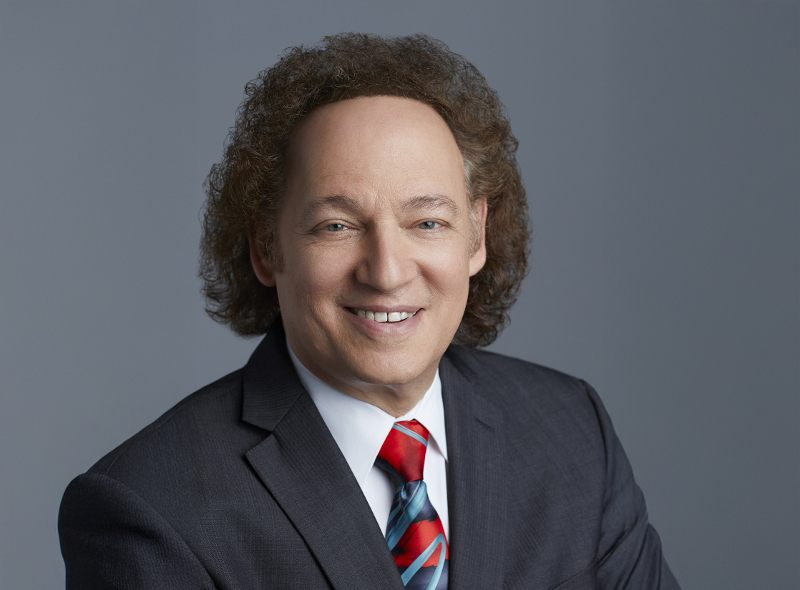
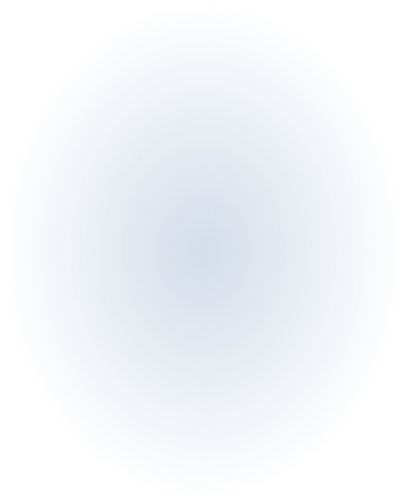


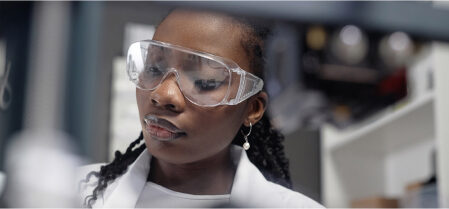
New York Eye and Ear Infirmary of Mount Sinai
March 26, 2025

Join us for a conversation about light therapy and macular degeneration, where we’ll explore how different types of light—blue, red, and sunlight—affect the retina, the science behind light therapy, and the newly approved Valeda red light therapy. Plus, we’ll answer listener questions about seasonal affective disorder (SAD) lights, red light therapy for early-stage AMD, and more. Bring your questions to ask our guest expert!
DR. PREETI SUBRAMANIAN: Hello, and welcome. My name is Dr. Preeti Subramanian, Director of Vision Science Programs at BrightFocus Foundation. I’m pleased to be your host for today’s Macular Chat, “Light Therapy and Macular Degeneration: What You Need to Know.” Macular Chats are a monthly program supported in part by educational grants from Genentech and Regeneron, designed to provide people living with macular degeneration and the family and friends who support them with information straight from the experts.
BrightFocus Foundation’s Macular Degeneration Research Program has supported nearly $53 million in scientific grants exploring the root causes and potential prevention, treatment, and cure of macular degeneration and is currently investing in 49 active projects across the globe.
Now, I’m pleased to introduce today’s guest speaker, Dr. Richard Rosen. Dr. Rosen is a renowned vitreoretinal surgeon at the New York Eye & Ear Infirmary of Mount Sinai, where he serves as Vice Chairman and Director of Ophthalmology Research. With a background in professional and ophthalmic photography, he is a certified retinal angiographer and is very well respected and recognized for his teaching and patient care. Dr. Rosen has a strong interest in vision research and has authored over 100 peer-reviewed publications. He has numerous abstracts and lectures locally, nationally, and internationally. He is also recognized internationally for his work on retinal imaging. Dr. Rosen, thank you for joining us today.
DR. RICHARD ROSEN: Thank you. Thank you.
DR. PREETI SUBRAMANIAN: So, to set the stage for our conversation today, I want to start by asking you to briefly explain some key terms in the context of our topic for today’s Chat. So, the first two terms that I want to ask you are “photon.” What is a photon? And the second term is “wavelength.” So, how are photon and wavelength related to light?
DR. RICHARD ROSEN: So, a photon is a small packet. Light actually comes in small units. And the one single unit of light is referred to as a photon. This was originally described by Albert Einstein and was responsible for his getting the Nobel Prize in 1905. The wavelength has to do with … we can think of it as the color of light. So, the wavelengths vary from very, very long, such as radio waves or microwaves, to the visible colors that we enjoy, to infrared, which we can’t really see, which is the longer end of the spectrum. And the shorter end of the spectrum is in the violet and ultraviolet end.
DR. PREETI SUBRAMANIAN: Okay. And so, the third term that I have is “photobiomodulation,” which is also the topic that we will be covering in today’s Chat. So, what is photobiomodulation?
DR. RICHARD ROSEN: Photobiomodulation is using light to influence the metabolism, the functioning of a living tissue, living organ system. Photobiomodulation is actually used for a number of different applications—for healing, for pain relief, for reduction of inflammation. We can discuss further about the chemistry of photobiomodulation, but it’s basically how a photon changes the energy within a chemical reaction that’s taking place in a living organism to improve that and to benefit the person who’s being treated.
DR. PREETI SUBRAMANIAN: Wow. Thank you for bringing that all together in the context. So, you mentioned a little bit about the conditions that light therapy is used for. Could you give us an overview of how long light therapy has been used and how it has evolved over time?
DR. RICHARD ROSEN: So, light therapy goes way back, way before our technology, to the Egyptians, probably also in India and China. And basically, some of the earlier civilizations, they worshipped the sun, and they saw that there were certain healing powers, and exposure to light was one way—they didn’t have some of the modern techniques we have—but they saw that light exposure was often a benefit to patients who had illness. And then gradually, this became more codified. The first laws of photochemistry were described by a couple of gentlemen back in the 1700s. And then, actually, in the 1900s, a Nobel Prize was given for the use of light therapy—phototherapy, it was called at that point—for treatment of certain diseases, like lupus. And then gradually, as the technology for artificial light became more available, people sort of moved towards using first light and then eventually, laser—which is basically coherent light, light that is more focusable and was described originally by Einstein … the concept—and then the first laser was developed in the early 1960s. And they tried using it for treatment of tumors. And then there was a gentleman, Endre Mester, who found that he couldn’t use light to create cancer, and he couldn’t use light to get rid of cancer, but he noticed that with low levels of light treatment in animals, he was able to grow hair. And so, this opened a whole field. At the time, they used low-level laser therapy, was like the beginning. And this was back in 1967. And a lot of the research has gone on since then, and then people found that it was useful for controlling inflammation and pain relief. Currently there are studies in using it in treatment of other neurodegenerative disorders, such as Alzheimer’s and Parkinson’s disease, wound healing.
DR. PREETI SUBRAMANIAN: That’s fascinating how the different forms of light therapy have evolved over time. And you mentioned about wavelengths at the beginning, how it’s part of light, and I want to ask you more specifically about red light, and how has that been studied in context of macular degeneration treatment and other conditions?
DR. RICHARD ROSEN: So, it turns out that the red light—which is in a wavelength of around 680 to 690 nanometers, which is the measure of the wavelength itself, which gives its red—stimulates the component of our cells called the mitochondria. And the mitochondria are responsible for energy production in the cells. And so, there are certain pigments. In order to get stimulation of light, the light has to be absorbed, and the light is absorbed by pigment. And so, there are pigments within these mitochondria that can absorb this particular wavelength, and it stimulates the energy production in the cells.
So, it turns out that there are a couple of wavelengths that the cells are responsive to. One is this red wavelength, and one is the infrared, in around 800 nanometer wavelengths. And these have been looked at for some time to see how they might modify the response of cells, both in cell cultures and animal studies, to conditions where these cells are poisoned or subjected to toxic amounts of heat from laser burns. And they found that these two wavelengths actually would modify the biological effect of some of these damaging influences.
So, the work has actually been going on since probably sometime in the early 90s. It was some of the first papers that came out looking at the influence of photobiomodulation, or they called it low-level laser therapy in those days. And then, gradually, they found that you really didn’t need a laser. You could use a light-emitting diode, these LEDs that we have now everywhere, but ones that produce specific colors of light, and that these could be useful for simulating a healing response in the eye, as well as their use in wound healing other parts of the body.
DR. PREETI SUBRAMANIAN: So, essentially, these lights would … we could say that they refuel the mitochondria, like, you know, if the mitochondria are like a battery in the cell that stores fuel and generates fuel, this would, kind of, refuel the mitochondria by emitting these low-energy lights. So, Dr. Rosen, before we talk more about the recently approved light treatment, can you tell us briefly about the types of macular degeneration?
DR. RICHARD ROSEN: Macular degeneration is a disease that involves the breakdown of the normal recycling process that occurs. So, the way we see—our vision—is where light enters the eye, it goes through the retina to the bottom of the retina, where the light-sensitive cells are—the rods and the cones. And those rods and cones contain a chemical called rhodopsin. That chemical is kind of like a molecular mousetrap. When a photon of light comes through and is captured by that particular molecule of the chemical, it snaps, it changes its configuration, and when enough of those occur, it will send a stimulus, which goes back through the retina up into the brain that tells you that you see a point of light. So, every time that happens, that molecule has to be recycled. And when there are enough of those, the ends of the rods and cones are recycled by the layer of cells underneath the retina called the retinal pigment epithelium. Those molecules are then recycled up into the rods and cones, and it’s a continuous kind of recycling process.
In macular degeneration, we know there’s certain genetic differences that are inherited in people that have a tendency towards macular degeneration, where, over a period of many years, you start to see a breakdown of this recycling process. And so, there’s accumulation of materials that normally would be recycled, and they appear in the form of little clusters of material that we refer to as drusen. And the drusen look like little yellow spots, and they accumulate under the retina. When enough of those are present, they interfere with the blood supply to the retina, and so, gradually, there is a slowing down of the recycling process even further. And when it reaches a certain critical point, where the amount of oxygen reaching the retina is not sufficient, it may cause the retina to respond by stimulating the formation of new blood vessels. That’s what we call the wet macular degeneration—the new blood vessels that form. We have very good treatments for that now, which basically target the growth factor that makes those blood vessels develop and makes the fluid develop, and those are called the anti-VEGF drugs, and there are many of them on the market. And this has become a mainstay of treatment since about 2005.
As some of these patients are now successfully treated, we’ve noticed that there’s a slow progression which occurs in the dry form of the disease, which is how the disease begins, where basically the body starts to, instead of forming new blood vessels, will cause an immune reaction and start to send in cells that will try to eliminate the damage, and that will cause further damage, and that’s what we call the advanced dry form, or geographic atrophy. So, that’s the advanced form of the dry macular degeneration. And that’s treated now with some new drugs. They’re still very early in development, and they’re not completely successful, but they do seem to slow down the process. And they’re currently being given as treatment. They’ve only been available for a couple of years now, and they’re just first generation, so probably in the next few years, this will improve.
So, basically, you have the early dry or what we call intermediate, and then you have the advanced wet or the advanced dry are the forms of macular degeneration. And we really, we don’t have any treatment for the intermediate. The only thing we know is that we did some large studies beginning around early 2000 where we looked at the impact of certain nutrients—vitamins; antioxidants; lutein, which is a plant-based chemical that is in the yellow of the egg or the dark green vegetables … lutein and zeaxanthin, which are two different forms of this. And that actually is accumulated … it’s concentrated in the retina, so it actually protects the retina from blue light. And it protects—so, these nutrients, given as a supplement daily, became the AREDS 2 vitamins, which people take, and it’s been shown to slow down the progression of the disease, even if you have the genetic predisposition towards developing the disease. We know the disease is also made worse by certain environmental toxins, such as smoking, or high blood pressure, which tends to affect the circulation to the retina. The retina is very, very demanding in circulation, so anything that may affect that will tend to make the condition worse. And things that seem to make it better are things like exercise, which improves circulation to all parts of the body, and these antioxidants, which tend to reduce the stress caused by the materials that have not been properly recycled.
DR. PREETI SUBRAMANIAN: Yeah, thank you. Thank you for that, Dr. Rosen. So, you know, the recently approved LumiThera Valeda Light Delivery System—what stage of type of AMD is that approved for? Is it the dry form that you talked about, or the wet form, or can it be used for both?
DR. RICHARD ROSEN: So, it was actually approved based on several studies that were for the early stage of disease, where patients still had pretty good vision, somewhere between 20/30 and 20/100, because we knew that those patients were ones that had the greatest chance of benefit and reversal of some of the injury. In the process of doing that study, we found that it slowed the progression to advanced dry form in those patients. It didn’t seem to have a huge difference in terms of the wet form, which still might develop, but as I say, we have good treatments for those, especially if they are picked up early.
DR. PREETI SUBRAMANIAN: And so, I want to ask one of the questions we got from our listener, and the question is: Can the light therapy help with geographic atrophy? So, that would be the advanced form of AMD that you mentioned.
DR. RICHARD ROSEN: Well, we know that in patients who have some geographic atrophy, it tended to slow down the progression. How much reversal we see will depend on the level of damage, but it did seem to slow the progression of the disease. This occurs, obviously, at different stages. If the geographic atrophy is not right in the center, it may be very useful in terms of slowing its progression. If it has already affected the center, then we really don’t know if there’s any visual benefit from the treatment.
DR. PREETI SUBRAMANIAN: Okay. So, you already mentioned about the benefits of and the mechanism by which the red light therapy works. So, is that the same concept behind this therapeutic about stimulating the mitochondria? And has that been shown how it happens here?
DR. RICHARD ROSEN: Oh, yes. So, the mitochondria produce a molecule called ATP, which is the energy currency that the cells use in all the chemical processes that take place in each individual cell. And so, the way that’s achieved is the oxygen molecule and the glucose molecule, which we use for fuel, are processed within the mitochondria in a sequence of enzyme reactions that are called the electron transport chain. And that sequence is responsible for production of these ATP molecules. So, it’s not an on or off thing. It’s about how successful the mitochondria is in terms of producing those ATP, how efficient it is, how well it’s working. These mitochondria actually come and go and without the cell dying. I mean, they may be recycled, as well. And there are really thousands of them in certain cells and hundreds in other cells. So, there are quite a few of these. And we know that the light therapy actually seems to enhance their functioning. Now, some new data that really hasn’t been published at this point that comes out of my lab that I can just relate is that we have a measurement of mitochondrial stress, and that’s done by looking at a certain fluorescence that’s produced when the mitochondria are stressed. And we’ve seen in patients immediately, by measuring them immediately pre- and post-treatment, that the stress level decreases significantly as a result of the LumiThera treatment.
DR. PREETI SUBRAMANIAN: So, essentially, they restore the function of these mitochondria with this therapy.
DR. RICHARD ROSEN: Right. And, you know, eventually, we’ll have a better focus on when patients need to be treated, how often they need to be treated. The protocol that we use was a standard protocol for everybody. And as we all know, one size doesn’t fit everybody, right?
DR. PREETI SUBRAMANIAN: Right, right.
DR. RICHARD ROSEN: So, it will become more personalized as therapy now becomes available and we can measure the impact and the response of an individual to the therapy. So, previously, the only way we could measure was looking at what the vision change was. We did see in the study that the majority of patients improved better than one line of vision, which is small, but actually about a quarter of them improved two lines of vision, and even a smaller percentage got three lines of vision. And previous to this, none of the therapies, the vitamins either, showed any improvement. So, this is actually the first time we’re seeing a reversal in the degeneration of the cells in the retina due to some treatment.
DR. PREETI SUBRAMANIAN: So, this is part of the clinical trial that was done for getting the FDA approval. So, this is great news that there is improvement in visual function or vision. And then, does it also reduce the progression of the disease? Is that known whether it stops the progression?
DR. RICHARD ROSEN: Well, we did see that it slowed the progression to the advanced form. So, you know, the results really take a much longer period of time, and the study only took place over 2 years. The actual paper from the study has been submitted for publication, but it’s still in review at this point. So, you know, that hasn’t been published yet. The 13-month results were published, and they’re pretty much the same, but it will take a longer period of time to understand what’s the change in the trajectory of the disease over a long period of time. So, the purpose of the clinical trial was to show that it was safe and it was effective and that it was something beneficial, but to really know whether, you know, the long-term aspect will need longer studies, which are currently being planned.
DR. PREETI SUBRAMANIAN: So, what is the typical timeline for someone who received the red light therapy to notice any benefit from it? And a follow-up on that is how long do these benefits generally last in the 13-month study that’s been done so far?
DR. RICHARD ROSEN: Right. So, the benefit probably takes in the range of about a month 2-month range after the treatment. I mean, I think that the exciting part was that we saw that there is an immediate effect, but there are long-term effects that we were not measuring, except in terms of the vision. We did see that there was a reduction in the amount of drusen over time, so that was also a positive sign. And the treatments were repeated at a 4-month interval in the study, and the patients maintained the results at 2 years. I mean, the final results were 2 years, but that was based on repeating the treatment sequence every 4 months.
DR. PREETI SUBRAMANIAN: So, we talked a little bit about the AREDS 2 supplement that’s currently being prescribed for intermediate stage of AMD. So, do we know how the light therapy compares to AREDS2? I mean, light therapy would probably be earlier than intermediate stage, but is there any data that’s known whether a combination of these two would be more beneficial?
DR. RICHARD ROSEN: Well, we didn’t look at that specifically. I mean, most of the patients who have intermediate macular degeneration, they tend to be very proactive and want to do whatever they can do to prevent the disease. So, I would guess—and I don’t know the exact numbers—but probably the majority of the patients were on the AREDS vitamins in addition to getting the light therapy. But we don’t know specifically what’s the impact between the two.
DR. PREETI SUBRAMANIAN: Right, right. So, is this device something that somebody can purchase and use it at home safely, or does it have to be administered under professional supervision by a retina specialist?
DR. RICHARD ROSEN: Well, it’s like any drug in a sense that you know that there may be some downside if you were to use it indiscriminately. You know, maybe you can probably treat too much. So, currently, it’s only being used in a professional circumstances. And I think that it’s like so many other pharmaceuticals we enjoy—over a number of years, when the safety is established and they understand what the risks are, then things become over the counter. So, at some point, I’m sure that home treatment will come into play, but right now, it’s only being done right now with retina specialists.
DR. PREETI SUBRAMANIAN: So, based on the clinical trial, were there any side effects or warnings that were associated with this therapy? Any precautions that somebody will have to consider before going into getting a red light therapy for AMD?
DR. RICHARD ROSEN: Well, I think the person needs to get an evaluation, obviously, by the doctor who’s going to be doing the procedure and see if they’re a good candidate and if they fall within the parameters of the patients that we treated that we know it’s safe for. So, certainly with any drug, the physician and the patient have the ability to treat outside of the study with mutual consent that the patient understands that this was not exactly what the study was, so that their expectations are in line with potential outcomes, meaning that if you treat outside of the group of patients that we did the study on, they may not work to the same extent. But that’s not to say they can’t have it. It’s more like that there’s an understanding between the physician and the patient that, “Hey, this is a little bit outside of the range of what was studied,” but the patient is willing and interested in proceeding, and the physician is also willing to administer the treatment.
DR. PREETI SUBRAMANIAN: Right. And I think, like you said, it’s really important to have that dialogue with the physician so that they’re aware of what they’re getting into. So if our listeners are interested to find out about a location where they can get access to this treatment, how can they find out? Are there specific clinics that offer this treatment, or can they just talk about it with their doctor?
DR. RICHARD ROSEN: Well, they can talk about it with their doctors. I think it will become more widespread over the coming year. I mean, it’s been available commercially only since the beginning of the year, so I would imagine that the availability will increase. And I think right now they’re concentrating on having this done by retina specialists, who can do a thorough evaluation and make sure that the patients are either appropriate or that they understand … you know, their expectations are in line with the study. I think over time, as people get more comfortable with it, and they see what the impact is, it may be available in more ophthalmology practices.
DR. PREETI SUBRAMANIAN: Okay. Thank you for that. And so, I want to take a few questions that are related to other types of light that we got from our listeners. So, the first one here is about blue light–filtered glasses. Is it relevant to wear blue light–filtered glasses? Could you briefly comment on that?
DR. RICHARD ROSEN: So, there’s been a lot of interest in blue light toxicity. I think that in certain circumstances where there’s a lot of blue light exposure, if you’re, maybe, out in the bright sunlight, it makes a difference. I think that the blue light exposure in most of the screens that we use is not really a significant risk, and it doesn’t require special blue light glasses. I know it’s been promoted, but I think that it’s only in circumstances where you’re exposed to a lot of bright blue light that it may be an issue, but the current screens that we use are not really a risk.
DR. PREETI SUBRAMANIAN: So, it’s a very minimal exposure.
DR. RICHARD ROSEN: Right. What is important to understand is that in certain phones, the blue light is limited at nighttime because it will tend to suppress the production of melatonin, which is a hormone that we normally produce that lets us go to sleep. And so, I know that for nighttime use, they give you sort of a yellow cast to the phone that prevents any of the blue light from coming through, if you’re using your phone in the middle of the night so that you don’t interrupt your normal melatonin production.
DR. PREETI SUBRAMANIAN: So, these are settings that are already available in the phones that are in the market these days?
DR. RICHARD ROSEN: Yes.
DR. PREETI SUBRAMANIAN: Yeah. And so, the other question I have is about seasonal affective disorder light. So, does using a SAD light help or hurt in cases of macular degeneration?
DR. RICHARD ROSEN: So, there’s no evidence that it hurts. We know that there’s—certainly in northern climates—there’s not enough daylight. People are either working in offices or situations where they’re not getting it. And in a lot of individuals, there are changes in their hormonal cycles that tend to produce that seasonal affective disorder, where they get a little bit depressed or even more so, a lot depressed, from lack of sunlight. It doesn’t seem to be a risk factor using those lights when they’re used properly, in terms of making macular degeneration worse.
DR. PREETI SUBRAMANIAN: Okay. So, there is no scientific evidence for that. So, another question is: What do you know about the eyepower red glasses from UK? Do they help or hurt the eyes?
DR. RICHARD ROSEN: I’m not really familiar with those glasses. What is their purpose?
DR. PREETI SUBRAMANIAN: I think it’s like a red light–fitted glass, like the goggles, that is available over the counter.
DR. RICHARD ROSEN: So, the problem is we don’t know all the details of how much exposure. So, there have been some studies where they only use a single wavelength of red light, and they weren’t well monitored, and the results were sort of inconclusive. So, we don’t know how effective they are. There does seem to be a point where you can actually use these things too much. You need to basically, you know, use it for a certain period and give the cells a period where they’re not getting the red light exposure. So, you know, these things that are used don’t have good monitoring, it’s really hard to know if they’re safe.
DR. PREETI SUBRAMANIAN: And I think like you said before, it’s always best to get these treatments right now under the supervision of your doctor so that you can ensure it’s safe and it’s right for what you need as a treatment.
DR. RICHARD ROSEN: Yeah.
DR. PREETI SUBRAMANIAN: So, Dr. Rosen, your laboratory has been at the forefront of research on light therapy. So, could you provide an update on what’s the latest that’s happening in research in this area? What’s the emerging breakthroughs with photobiomodulation?
DR. RICHARD ROSEN: I think that the success of this and the approval of the photobiomodulation in this particular form suggests that there may be other applications. So, we’re starting to look at things like central serous retinopathy, diabetic retinopathy, glaucoma to see what are the parameters that may be helpful because we think that the energetics of the cell are critical in all these different diseases, and all of them really seem to develop as a result of interference with the normal nutrients that the eye is getting, whether it’s glaucoma because the pressure is high, it interferes with the normal flow of nutrients within the nerves; the central serous, which is probably related to some constriction of blood vessels underneath the retina; or in diabetic retinopathy, we know that there is definitely loss of capillaries as the disease progresses. So, these are studies that are currently in the planning, and they will obviously be benefit from the fact that the device is approved now, so it makes it a little bit easier for a lot of these studies to move forward, and we’re planning on doing a lot of those. And as I mentioned before, the ability to measure the impact in these different situations immediately, I think, will be helpful.
DR. PREETI SUBRAMANIAN: Yeah, definitely. I think the future of light-based therapy is very exciting and it’s something to look forward to for breakthroughs. So, I want to take one more question from our listeners, and this one is they want to know if it hurts to get the red light therapy, if there is any pain associated with it.
DR. RICHARD ROSEN: No, there’s no pain. It’s very quick. The treatment lasts for 4 minutes, and half the time the eyes are closed, and a little less time the eyes are open. Patients are very comfortable. It’s fast, so you can do both eyes in 10 minutes, less than 10 minutes, actually. And patients don’t have to be dilated. So, they come in and they go immediately to the device. The device is set up so that it’s automated in terms of the timing and all of the parameters for exposure. So, it’s very consistent, and I think patients have had nothing but a positive response so far.
DR. PREETI SUBRAMANIAN: That’s great. Well, Dr. Rosen, thank you for all the information you shared with us today. This was a very informative session. To our listeners, I sincerely hope you found today’s Chat helpful. Dr. Rosen, do you have any final thoughts for our audience before we close?
DR. RICHARD ROSEN: Well, I think photobiomodulation is here to stay. I think that it’s definitely going to have a positive impact for many of my patients, certainly in early disease. And I’ve watched people for many years slowly progress. So, I think that this is a great advance. And finally, we have something that tends to make things a little bit better. And some of the other things they looked at are improvement in contrast, and I think that’s always a big issue. Patients complain that even though their vision is pretty good, they have difficulty reading the newspaper, things like that. So, I’m very excited that this is moving forward, and I thank you for the opportunity to share it with you.
DR. PREETI SUBRAMANIAN: Fantastic. Thank you again, Dr. Rosen. Thanks everyone for joining us today. Our next Macular Chat will be on Wednesday, April 30. And this concludes today’s Macular Chat.
Useful Resources and Key Terms
To access the resources below, please contact BrightFocus Foundation: (800) 437-2423 or visit us at www.BrightFocus.org. Available resources include—
Helpful low vision tools or resources mentioned during the Chat include—

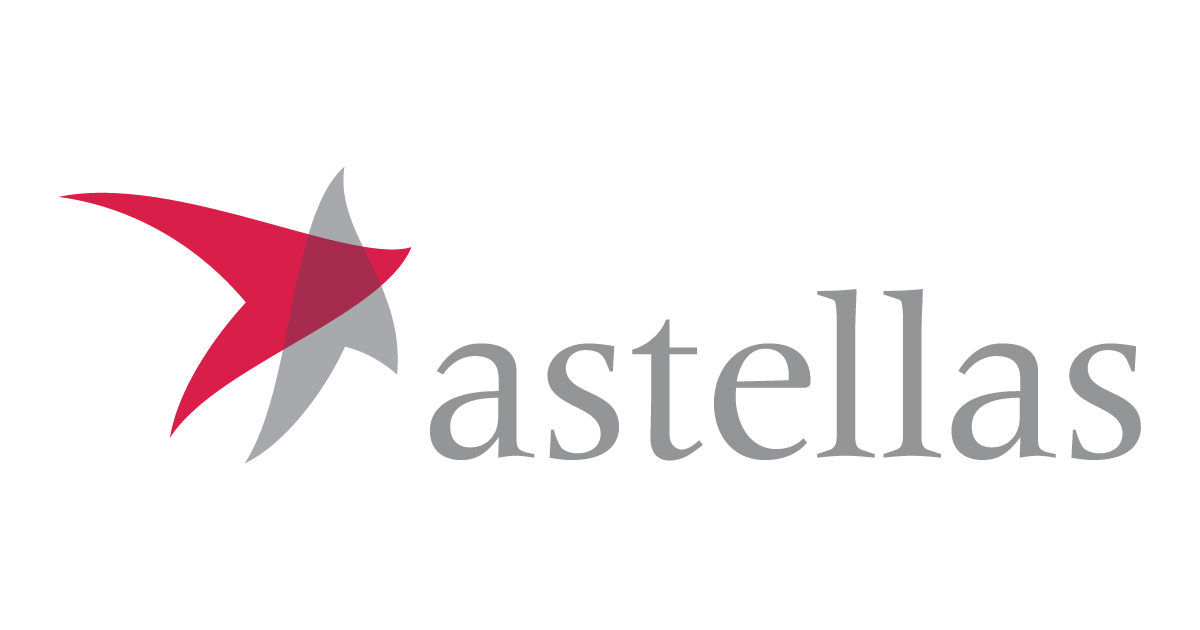


BrightFocus Foundation is a premier global nonprofit funder of research to defeat Alzheimer’s, macular degeneration, and glaucoma. Through its flagship research programs — Alzheimer’s Disease Research, Macular Degeneration Research, and National Glaucoma Research— the Foundation has awarded nearly $300 million in groundbreaking research funding over the past 51 years and shares the latest research findings, expert information, and resources to empower the millions impacted by these devastating diseases. Learn more at brightfocus.org.
Disclaimer: The information provided here is a public service of BrightFocus Foundation and is not intended to constitute medical advice. Please consult your physician for personalized medical, dietary, and/or exercise advice. Any medications or supplements should only be taken under medical supervision. BrightFocus Foundation does not endorse any medical products or therapies.

Learn about how to navigate treatment options, engage in shared decision-making with your healthcare team, and maximize your eye health.
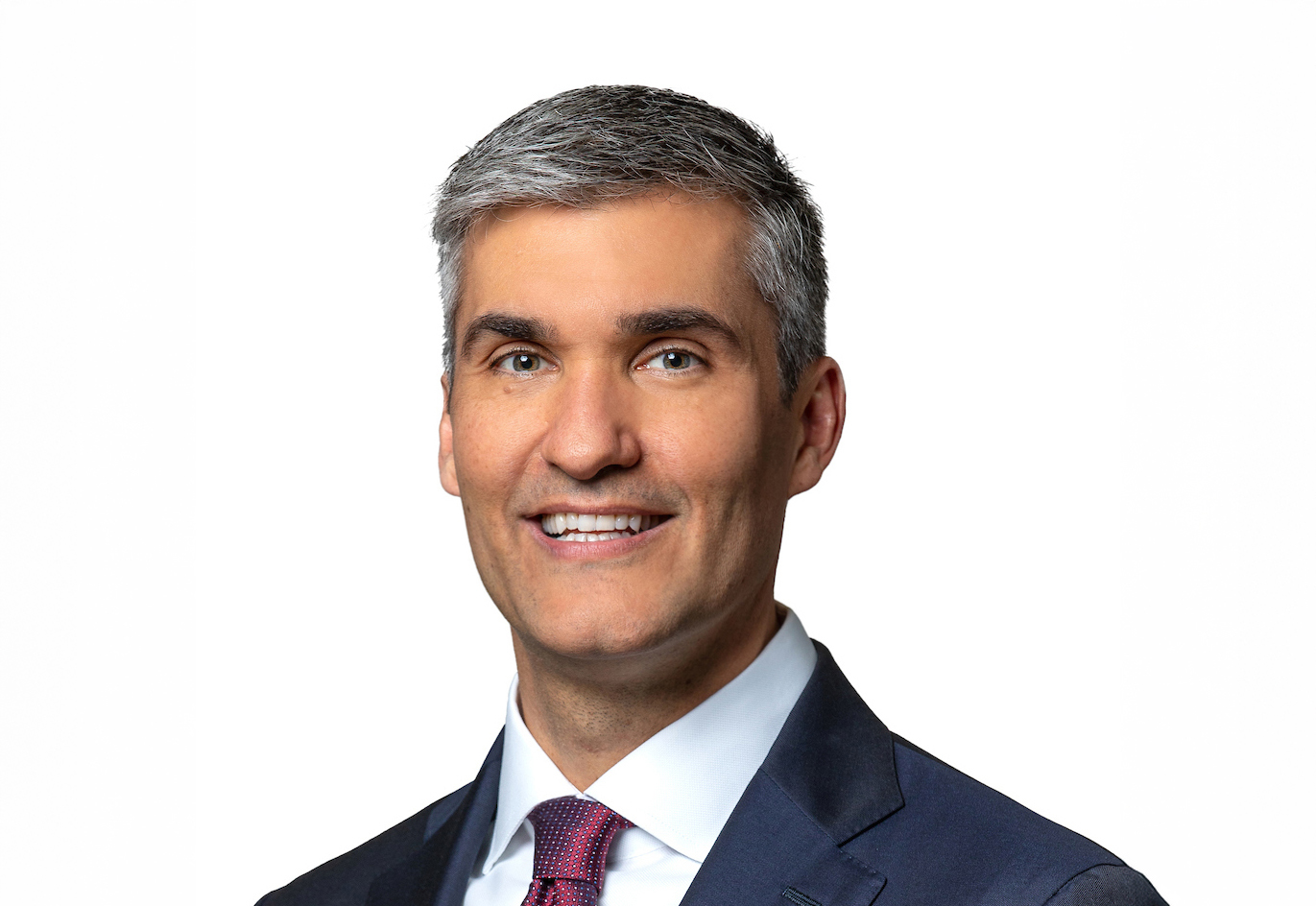
Join us for an in-depth discussion on the latest developments in wet age-related macular degeneration treatment.
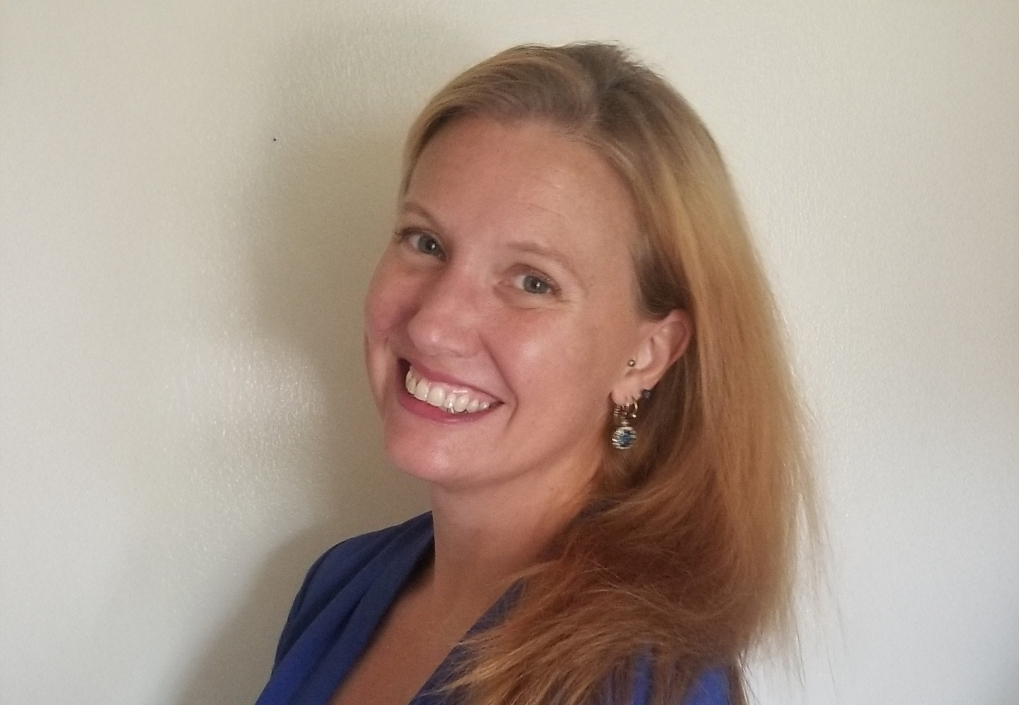
Learn about practical tips for maintaining quality of life with low vision.

Explore key facts about Stargardt disease, a rare form of juvenile macular degeneration, with expert insights from a retina specialist.
